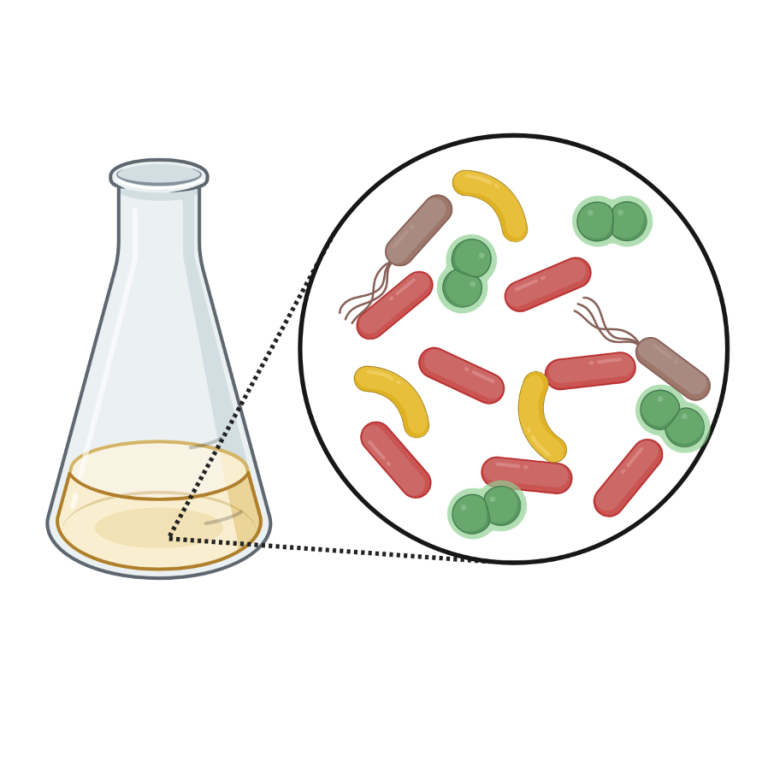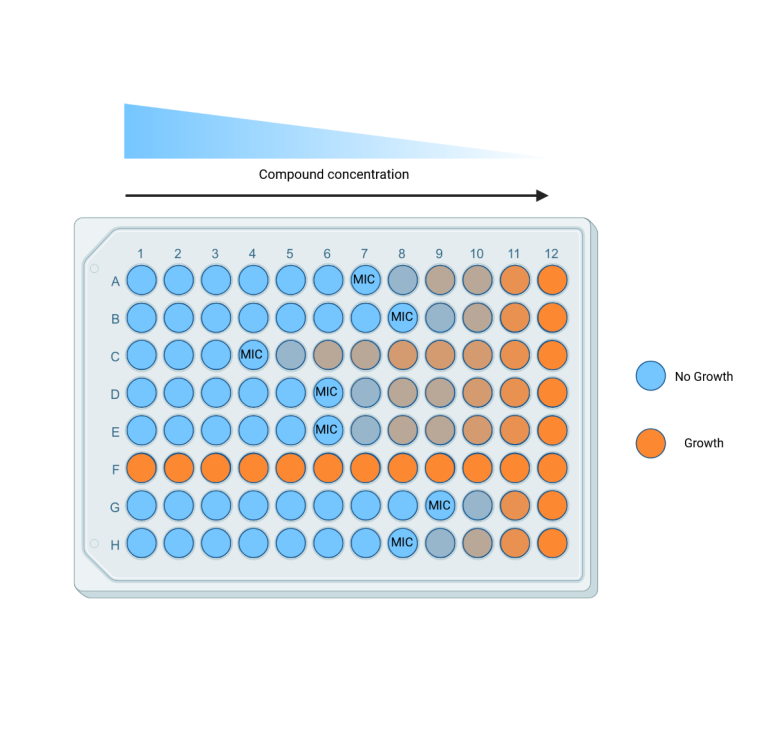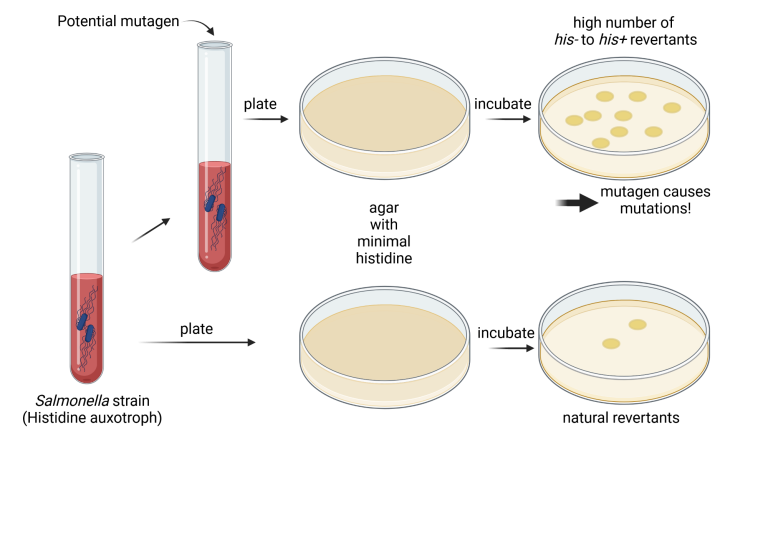Microbiological Studies
More than 10,000 different bacterial species live on and in the human body, including pathogens and health promoters. Let´s get deeper knowlegde in this fascinating area of scientific research.

Bacterial
Co-Cultures
Microorganisms live in complex communities that are characterised by diverse interactions, ranging from mutualistic symbioses to competition for resources. Would you like to investigate the effect of your substances on a bacterial community? Just ask us!
We are specialists in establishing individual bacterial co-cultures depending on the habitat and test the effect of your substances.

Biofilm Assays
With our biofilm assays, we offer an indispensable tool in microbiological research, medicine and industry to understand and control the complex behaviour of microorganisms in biofilms. Standardised methods such as the Calgary Biofilm or Membrane Biofilm are used to test the effectiveness of antimicrobial substances against biofilms.

MIC, MBC, MFC, and
Viability Assays
Minimal inhibitory concentration (MIC) and Minimal bactericidal concentration (MBC) assays enable the evaluation of the antimicrobial efficacy of substances against specific microorganisms. The comparison of MIC and MBC helps to differentiate between bacteriostatic (growth-inhibiting) and bactericidal (killing) properties of substances. In addition, the vitality of microorganisms and the cytotoxic effect of substances can be analysed using different methods, such as AlamarBlue or WST-1 assay.

AMES Test: Bacterial Reverse Mutation Test
Chemical carcinogens can cause mutations that lead to cancer or tumors. The AMES test detects mutagenic substances by measuring the increase in mutations in Salmonella typhimurium bacteria, which are unable to synthesize histidine unless mutated by a mutagenic compound.It is a simple, inexpensive, and indirect method for testing mutagens.
